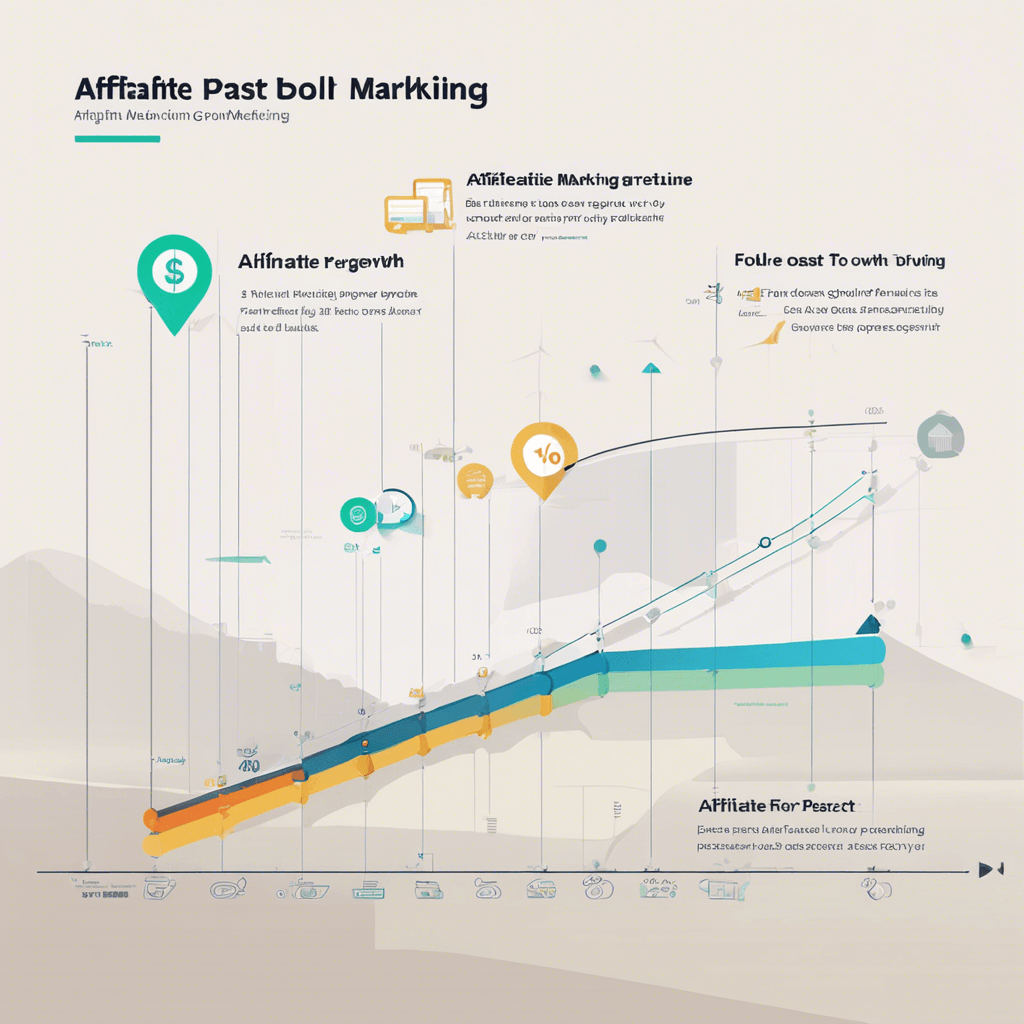Dividend stocks are shares in a company that regularly distribute a portion of the profit to investors. Think of it as a thank you note with cash included for trusting and investing your money with the company. These payouts can occur quarterly, annually, or on any other schedule the company decides. Many folks love dividend stocks because they’re a sweet way to earn a passive income while potentially building up equity in a company.
When it comes to generating passive income, dividend stocks stand tall. They put money in your pocket without lifting a finger beyond the initial purchase — all thanks to the company’s recurring profit-sharing scheme. It’s like planting a tree once and reaping the fruits for seasons to come. A well-managed dividend stock portfolio can provide consistent returns, making it a favorite among retirees and long-term investors.
Talking about historical performance, dividend stocks have showcased their reliability. For decades, some companies have consistently paid dividends, even during rocky economic times. Companies that pay dividends often have a strong track record and stable earnings, oozing a sense of trust. They’ve got skin in the game and a rep to maintain, which often makes them a safer choice compared to non-dividend-paying growth stocks that are all hype today, gone tomorrow.
There’s a big comparison here between growth stocks and dividend stocks. While growth stocks might promise higher returns through capital appreciation, they often don’t offer dividends. It’s the classic scenario of risk versus reward. Dividend stocks, however, offer a more stable income stream, making them a solid choice for those who prefer a less volatile investment journey. You’re basically getting paid to wait.
Building a Dividend Portfolio: Steps to Success
Creating a robust dividend portfolio requires a keen eye for detail and a solid strategy. Finding fundamentally strong companies should be your first stop. These are businesses with a proven track record of earning profits and implementing sustainable payout practices. It’s like picking a trusty horse for the race—steady and reliable.
Take dividend yield and payout ratios into account. The dividend yield tells you how much bang you’re getting for your buck—basically, the annual dividend income relative to the stock’s current price. A high yield might seem tempting, but ensure it’s sustainable. Sometimes, too-good-to-be-true yields are just that, and could signal financial troubles.
Payout ratios, on the other hand, indicate the proportion of earnings paid out as dividends. A healthy payout ratio means the company retains enough earnings for growth while rewarding investors. Look for companies maintaining a balance. They should pay dividends without compromising reinvestment in their growth.
Diversification is your friend. Don’t put all your eggs in one basket. Spread investments across different sectors or industries to minimize risks. This way, if one sector takes a hit, you’re not left floundering.
Reinvesting dividends can turbocharge your returns, thanks to the magic of compounding. Essentially, you’re using your payouts to buy more shares, which then earn more dividends, creating a snowball effect of growth.
Keep a step ahead by aligning your portfolio with your risk tolerance and financial goals. Pay attention to what’s happening in the market—stay informed and adjust your strategy as needed. Dividends might seem like a passive income source, but maintaining a healthy portfolio demands active management.
Risks and Challenges in Dividend Investing
Dividend investing might seem like a no-brainer, but it does come with its own set of challenges and potential pitfalls. Market volatility is one of the main concerns. Stock prices can sway with the wind, and, sometimes, even the most consistent dividend-paying companies face periods of unexpected turbulence.
Dividend cuts and suspensions are real buzzkills for investors. Companies might reduce or halt dividends during tough times, which can throw a wrench in your plans. That’s why it’s vital to invest in companies with a solid record of steady or growing dividends.
It’s not all doom and gloom, though. By adopting certain strategies, you can mitigate the risks associated with dividend investing. Diversifying your portfolio, for instance, spreads the risk and softens the blow if one company’s dividends take a dive. Consider including both high-yield and stable dividend stocks.
Consistent monitoring of your portfolio is crucial. While dividends provide passive income, the strategy isn’t set-and-forget. Regularly checking in to assess financial health and market conditions keeps you on top of potential changes.
Being vigilantly informed can help navigate the roller coaster ride that can occasionally accompany dividend investing. Understanding the risks ensures you’re prepared and can adapt your strategy to meet the challenges head-on.
Maximizing Benefits: Tax Considerations and Future Trends
Navigating taxation in dividend investing can be a bit of a maze, but it’s crucial for maximizing your net earnings. Dividends are often taxed at a lower rate than regular income, but this depends on where you live and your income bracket. Understanding how taxes affect your dividend income is key to keeping more money in your pocket.
Developing smart tax strategies is essential. Consider utilizing tax-advantaged accounts like IRAs or 401(k)s, which can shelter your dividends from taxation under certain conditions. It’s also worthwhile to stay updated on tax policies, as laws might change, influencing your investment approach.
While managing taxes, keep an eye on emerging trends that could impact dividend investing. For instance, there’s a growing emphasis on sustainability, with socially responsible investing and ESG (Environmental, Social, and Governance) criteria taking center stage. Companies that align with these values might be the ones to watch, potentially offering both financial returns and a feel-good factor.
Expert forecasts point to dividends continuing to play a pivotal role in investment strategies. Even as new opportunities arise, the stability and passive income provided by dividends remain attractive to many investors. Staying informed about these changes can help you adjust your strategy when necessary, ensuring your portfolio remains robust and aligned with your financial goals.
I’m going to share some more Online Side Hustles Im learning About.


Leave a Reply